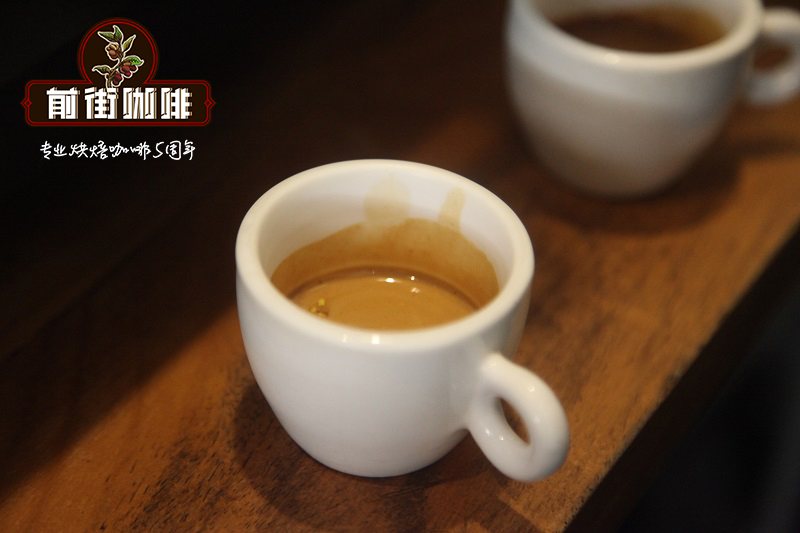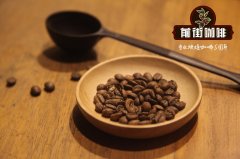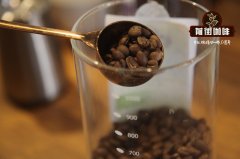Kenya Mulango coffee beans basic information _ Kenya Muranga Mulanka coffee how to make?

Professional coffee knowledge exchange more coffee bean information please follow the coffee workshop (Wechat official account cafe_style)
Basic information of raw beans
Producer: small farmers around the Tangkasi treatment Plant (Thungathi Factory)
Producing area: Mulanka County, Central Kenya (Muranga County,Central Kenya)
Altitude: 1350-1950m
Treatment: full water washing, elevated sun drying
Variety: SL28,SL34,Ruiru11
Harvest: April-June, October-December
Soil: volcanic soil
Brief introduction of producing area
Mulanka producing area is located in the foothills of Kenya (Mount Kenya), close to the Neyri producing area. The fertile volcanic soil (volcanic loam) of Mount Kenya provides sufficient nutrients for coffee growth. There are two rainy seasons in this area every year, and the typical rainfall occurs in March-April and November-December respectively. The annual precipitation is abundant, and the coffee trees hardly need artificial irrigation. There are two harvest seasons in the producing area, the main harvest season (Main Harvest) from April to June and the secondary harvest season (Fly Crop) from October to December.
There are several coffee processing plants in the Mulanka producing area, and in principle, coffee farmers can choose nearby. Because of the way raw beans are sold in Kenya, coffee processing plants that can sell high prices tend to be more popular with farmers. The Tangkashi processing plant is one of the processing plants owned by the Iyego Coffee Growers Cooperative Society, which is mainly responsible for processing coffee from nearby small family farms.
The AA level represents the size of raw bean particles, which is a 17-18 screen and has strict control over defective beans. The AB level represents that raw bean granules are suitable for sieve 15-16, and 10% of beans under 15 mesh are allowed.
Class AA Kenya Muranga Kianderi AA of Acchiondre processing Plant
The Kenyan coffee bean comes from the Riakiberu washing plant in Murang'a Mulanka, north of Nairobi in Kenya's central province. About 700 small farmers bring their coffee cherries to the washing plant for treatment. These small farmers cultivate SL28, Ruiru11 and some new high-yield Batian coffee varieties. And farmers benefit from mineral-rich volcanic soil, which has ideal conditions for coffee to grow, which is a typical environment in this region. Farmers pick ripe coffee cherries and are taken by small farmers to the treatment plant, which is treated with a personal washing method before removing the peel and pulp. The long-term goal of the Riakiberu coffee factory is to increase production through farmer training and year-round agricultural seminars. Their wish is to establish a transparent and trusting relationship with small farmers and to help Kenyan industry continue to grow, while bringing good quality and good prices to farmers.
Origin: Kenya
Area: Murang'a Mulanka
Sub-zone: Murang'an area
Important Notice :
前街咖啡 FrontStreet Coffee has moved to new addredd:
FrontStreet Coffee Address: 315,Donghua East Road,GuangZhou
Tel:020 38364473
- Prev

Do Kenyan Giando coffee beans taste good? the correct way to drink Kenyan Giando coffee
Professional coffee knowledge exchange more coffee bean information please follow the coffee workshop (Wechat official account cafe_style) country: Kenya: Kirinyaga altitude: 1750-1850m treatment: washing grade: AA varieties: SL28, SL34 flavor description: black plum, red berries, red grapes, green plums, longan honey sweet, lactic acid, BODY full and solid origin description:
- Next

Kenya KenyaAA Coffee Delman Manor introduction _ what coffee brands are recommended in Kenya?
Professional coffee knowledge exchange more coffee bean information please follow the coffee workshop (Wechat official account cafe_style) Kenyan coffee is famous for KenyaAA. Kenya grows high-quality Arabica coffee beans. Its coffee beans have obvious sour fruit, uniform particles, unique taste and multi-level taste, and are deeply loved by people in the industry. it is one of the most popular individual coffee.
Related
- Detailed explanation of Jadeite planting Land in Panamanian Jadeite Manor introduction to the grading system of Jadeite competitive bidding, Red bid, Green bid and Rose Summer
- Story of Coffee planting in Brenka region of Costa Rica Stonehenge Manor anaerobic heavy honey treatment of flavor mouth
- What's on the barrel of Blue Mountain Coffee beans?
- Can American coffee also pull flowers? How to use hot American style to pull out a good-looking pattern?
- Can you make a cold extract with coffee beans? What is the right proportion for cold-extracted coffee formula?
- Indonesian PWN Gold Mandrine Coffee Origin Features Flavor How to Chong? Mandolin coffee is American.
- A brief introduction to the flavor characteristics of Brazilian yellow bourbon coffee beans
- What is the effect of different water quality on the flavor of cold-extracted coffee? What kind of water is best for brewing coffee?
- Why do you think of Rose Summer whenever you mention Panamanian coffee?
- Introduction to the characteristics of authentic blue mountain coffee bean producing areas? What is the CIB Coffee Authority in Jamaica?

